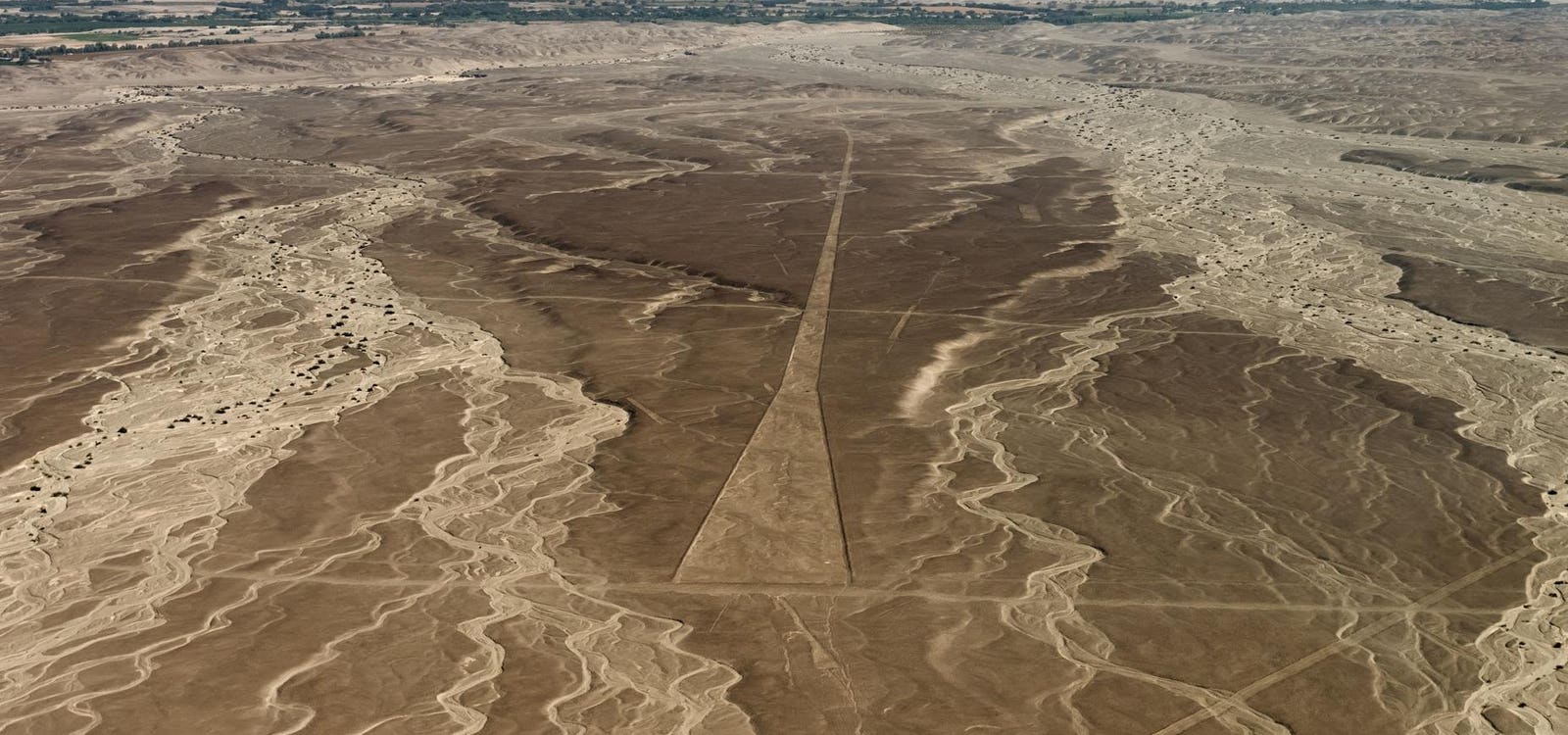
While it’s commonly believed that marine fossils are found solely in coastal or underwater sedimentary layers, the reality is quite different. … [+]
getty
Many people may think that marine fossils can only be discovered in sedimentary layers located along coastlines or beneath the ocean. However, surprisingly, vast, dry deserts are emerging as some of the richest sources for these ancient marine relics.
This intriguing fact is highlighted by a recent discovery of a remarkably preserved 9-million-year-old Cosmopolitodus hastalis, a precursor to the famed great white shark, found within the Pisco Basin in Peru.
Many contemporary deserts were once vibrant marine settings, leading to newfound understandings of ancient ecosystems and the tectonic processes that have transformed coastlines into arid landscapes over immense geological time frames.
The Pisco Basin—A Window to Ancient Seas
The Pisco Basin is recognized as one of the top paleontological sites globally, capturing the interest of scientists, fossil collectors, and enthusiasts alike. Situated along the Pacific Coast, the basin’s sediment layers hold an extraordinary archive of marine life that extends back millions of years.
Within these sedimentary layers, the newly found fossil of Cosmopolitodus hastalis was identified, a species inhabiting the oceans from the late Oligocene to the early Pleistocene epochs. This pivotal discovery grants a fascinating insight into the marine biodiversity that thrived in what is now a dry landscape characterized by steep coastal cliffs.
The geological past of the Pisco Basin is rich and intricate. Over millions of years, tectonic movements have shaped this region, uplifting the ocean floor to form today’s terrestrial landscape. However, the fossil-laden sediments from its prehistoric marine environment have remained largely preserved.
This preservation results from the unique conditions of the basin: rapid sediment deposition and minimal biological disruption have led to the remarkable conservation of marine fossils.
Deserts: Hidden Marine Treasures
At one time, deserts might have been dismissed as unworthy of exploration for ancient marine fossils. However, research indicates that immense arid regions like the Sahara, Atacama, and Gobi deserts are actually treasure troves, harboring vital evidence of submerged seafloors.
Tectonic activity plays a significant role in the transformation of marine environments into desert landscapes. Over millions of years, the gradual movement of the Earth’s plates has prompted substantial alterations in geography. Areas that were once deep-sea basins have been elevated, exposing the sediment layers that were once submerged.
For example, the Sahara, now the largest hot desert on Earth, has revealed extensive marine fossil deposits that provide a glimpse into its wetter, aquatic history.
Fossilized remains of whales discovered in Wadi Al-Hitan (Whale Valley), Sahara … [+]
De Agostini via Getty Images
Likewise, the Atacama Desert, known for its extreme dryness, was once a part of an ancient shoreline. The Gobi Desert has also revealed impressive fossil finds, including ancient marine invertebrates and dinosaur remains, showcasing its rich history as a former sea.
The climatic conditions in these deserts contribute to their effectiveness as repositories for marine fossils. The arid environment and low biological activity reduce erosion and degradation, allowing fossil-bearing sediment layers to remain intact for longer periods.
Moreover, the swift lithification process—which converts sediments into rock—preserves minute details of fossil structures, enabling paleontologists to reconstruct ancient marine ecosystems with remarkable precision.
Significant Marine Fossil Discoveries in Arid Regions
The notion that deserts can yield some of the most noteworthy marine fossil discoveries is no longer mere speculation—it is a burgeoning area of research. Beyond the recent findings in the Pisco Basin, numerous other extraordinary fossil discoveries have surfaced across deserts worldwide.
In the Sahara, for instance, paleontologists have found extensive ammonite fossil beds and intricate invertebrate assemblages from the Cretaceous period. Such discoveries provide essential insights into the marine life that existed in the Tethys Sea, which once split the northern and southern super-continents of Laurasia and Gondwana.
In the Atacama Desert, remnants of marine reptiles and fish have been found, shedding light on the diversity of life during periods of significant climate change. These fossils bridge gaps in our knowledge of how marine ecosystems adapted to global environmental shifts.
Additionally, the Gobi Desert, renowned for its dinosaur discoveries, has also provided fossilized remains of ancient marine species. The stratified deposits in these areas allow for impressive precision in dating and studying the interactions between marine and terrestrial ecosystems during periods of substantial environmental alteration.
Nature’s Time Capsules Waiting to be Uncovered
With their unique geological stories, deserts serve as natural time capsules, preserving remnants of ancient oceans in conditions that are often better than those found elsewhere.
These landscapes offer invaluable insights to paleontologists and biologists, enhancing our understanding of the evolution of marine life over eons while challenging our assumptions about where to search for relics of long-gone species.
This serves as a poignant reminder that Earth’s historical narrative is recorded not just in lush environments, but also within the stark, seemingly barren stretches of desert.
Are you filled with awe while contemplating the immense changes Earth has undergone throughout its history? Do you feel a deeper connection to the beauty of our planet and its intricate workings? Consider taking the free, scientifically-based Connectedness To Nature Scale test to discover how nature resonates with you.









